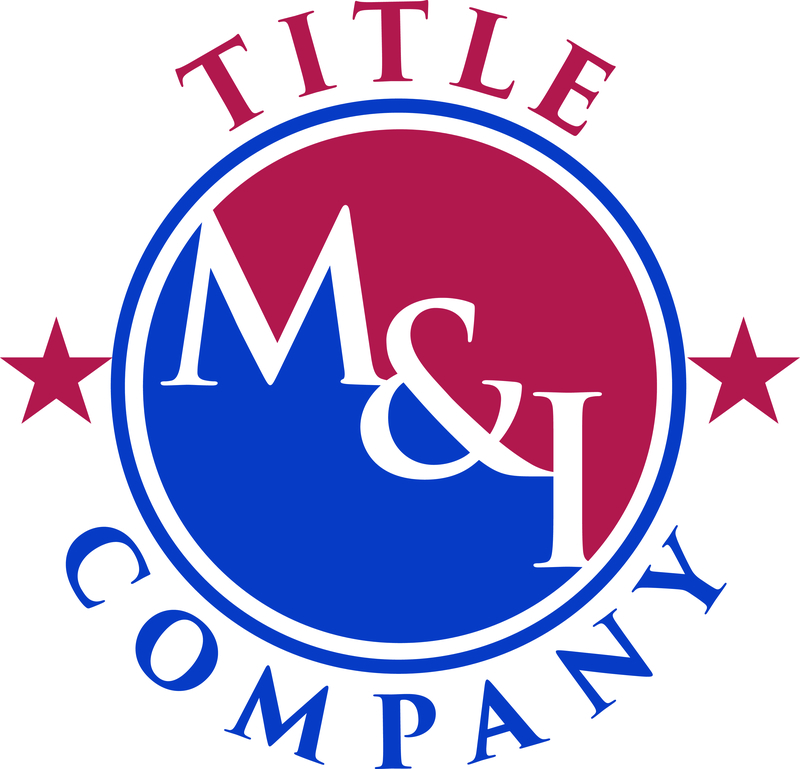 Basement seepage, in most cases relates to poor management of surface and roof water. Water causing basement seepage can come from three basic sources. First surface water can be directed to, rather than away from the foundation. Second water collected in gutters and downspouts is not routed away from the foundation. Although rare, the third source can be ground water.
Basement seepage, in most cases relates to poor management of surface and roof water. Water causing basement seepage can come from three basic sources. First surface water can be directed to, rather than away from the foundation. Second water collected in gutters and downspouts is not routed away from the foundation. Although rare, the third source can be ground water.
Surface water flowing toward a foundation will likely find an entry point into the basement. Foundations are porous materials (concrete, block, and stone). All can leak under the right conditions, some easier than others. A common misconception is that basement seepage is caused by foundation cracks. While these cracks are avenues for entry, they are not the cause of the seepage. In many cases however, we treat the point of entry and not the cause or source of the moisture. In others, we install interior perimeter drain tile systems, which, essentially collects the water after it has leaked into the basement and pumps it back to the exterior. Don’t misunderstand, perimeter drain tile systems work, however they are costly and in many cases a simpler solution could have solved the problem.
Rain creates moisture around a foundation. In 2008 we had the wettest year of record. In October of 2009 we have had 11-12 inches of rain which is approximately 5 times the normal.
The heavier and longer the duration of the rain the greater volume of water there is to control. If
the ground around the house slopes toward the foundation this provides a source of moisture for basement seepage. Remember that all water coming off the roof should flow into the gutters and downspouts. This volume of water is concentrated into smaller areas (downspouts), which is different than rainfall hitting the ground around the house. Downspouts and gutters that are
clogged overflow, creating a large volume of water adjacent the foundation. No doubt, some of
that moisture will find its way into the basement. Large volumes of water can also create
pressure on the foundation wall and foundation settlement.
So what do we do? Approach the situation as you would a puzzle. Solve one piece at a time and by a process of elimination solve the moisture problem in the basement. If surface and gutter water management, do not solve the problem or you wish a guarantee, invest in an interior perimeter drain tile and sump system. Manage the water running on the surface around the home. Watch during a heavy rain and see where it flows to. Check the yard for areas (by color and vegetation depression) that may indicate heavy water flow toward or water collecting near the house. Correct accordingly.
Manage the roof drainage. Keep your gutters and downspouts clear and free flowing. Downspouts and sump discharges should be routed well away from the foundation to points
where they can flow naturally away. Gutter and downspout cleaning will generally be required
several times a year (the number will depend on the house design, and number and type of trees
present). The leaves dropping in fall is the peak time but blockage can also occur during the
spring growth.
If the yard has a minimal slope you can create a swale around the home. A swale is a shallow
wide ditch that can be used to collect and direct water out and away from the foundation. This
swale can be wide enough to blend into the landscaping. A French drain is another alternate.
The importance of proper drainage around a foundation cannot be over emphasized. Soil
saturation may still cause some seepage. Poor drainage around the foundation is the most
likely cause of foundation problems and basement moisture problems.
About the author:
Gerry is a licensed Professional Engineer in four states; Missouri, Illinois, Colorado and Kansas. He first began his home inspection career in 1976 and has been active in ASHI (American Society of Home Inspectors) since 1978. In fact, Gerry’s membership number in ASHI is 87 compared with most of the memberships numbers which are in the 1,000’s. Gerry has performed over 16,000 inspections. Gerry can be reached by email at gloesch@bpgwi.com or by phone 314-249-8370.



Leave a Reply
You must be logged in to post a comment.